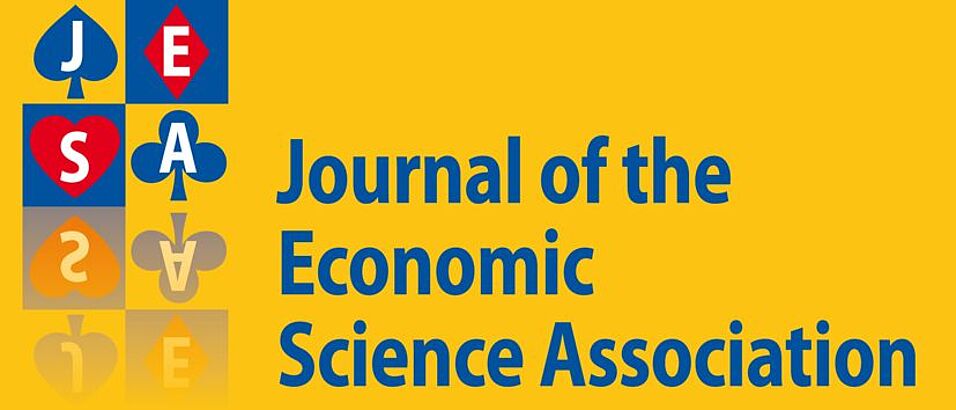Authors: Moritz Loewenfeld and Jiakun Zheng
Abstract:
Salience theory relies on the assumption that not only the marginal distribution of lotteries, but also the correlation of payoffs across states impacts choices. Recent experimental studies on salience theory seem to provide evidence in favor of such correlation effects. However, these studies fail to control for event-splitting effects (ESE). In this paper, we seek to disentangle the role of correlation and event-splitting in two settings: (1) the common consequence Allais paradox as studied by Bordalo et al. (Q J Econ 127:1243–1285, 2012), Frydman and Mormann (The role of salience in choice under risk: An experimental investigation. Working Paper, 2018), and Bruhin et al. (J Risk Uncertain 65:139–184, 2022); (2) choices between Mao pairs as studied by Dertwinkel-Kalt and Köster (J Eur Econ Assoc 18:2057–2107, 2020). In both settings, we find evidence suggesting that recent findings supporting correlation effects are largely driven by ESE. Once controlling for ESE, we find no consistent evidence for correlation effects. Our results thus shed doubt on the validity of salience theory in describing risky behavior.
The paper can be found here.

